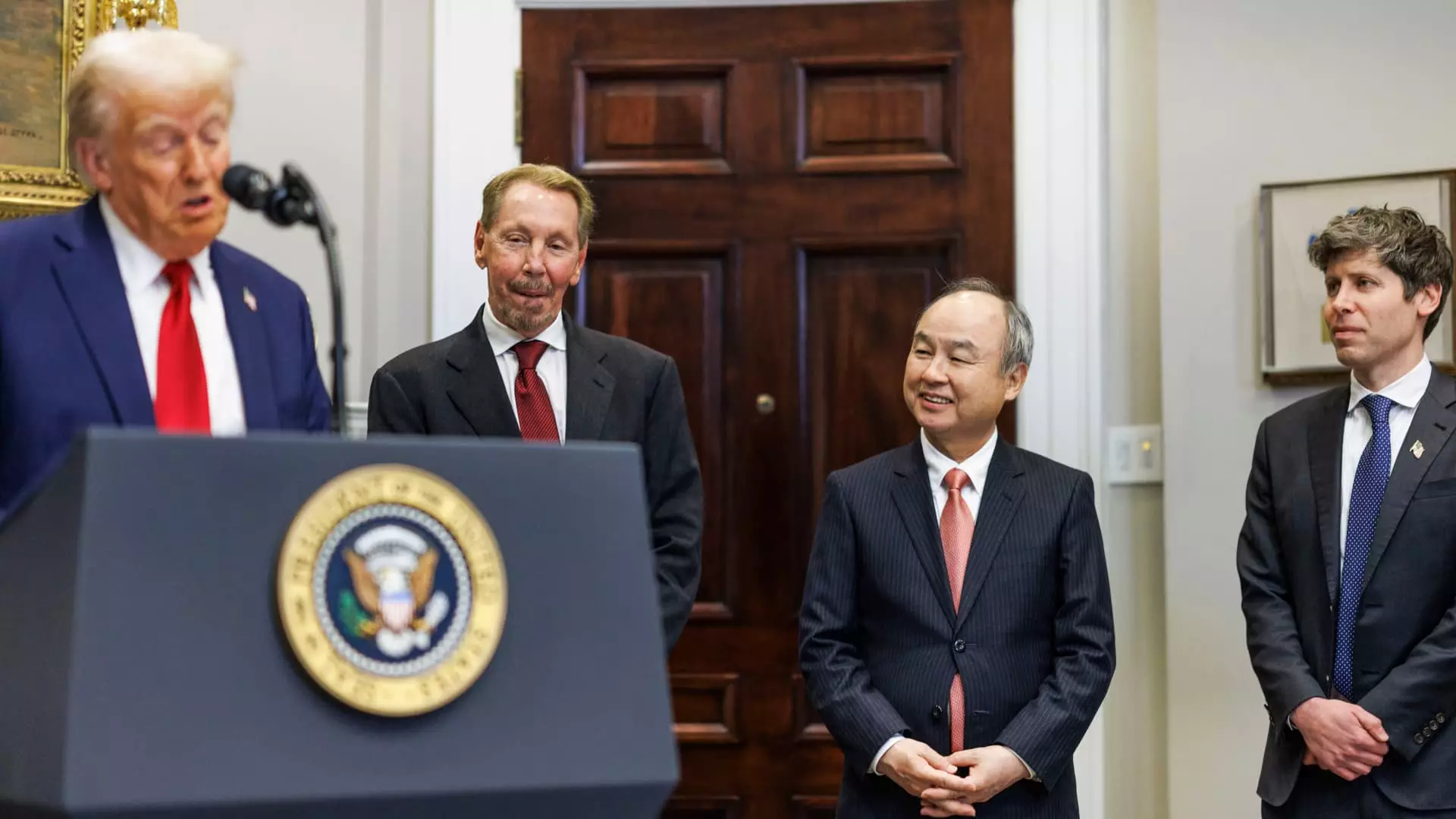In the rapidly advancing world of artificial intelligence, partnerships and investments among leading tech companies can shape the landscape significantly. Recently, Microsoft, a dominant player in the tech industry, has undergone a notable shift in its strategic relationship with OpenAI, an organization known for its pioneering work in artificial intelligence. Initially positioned as the exclusive provider of computing power for OpenAI, Microsoft’s role is evolving. The tech giant now faces a reality where the exclusivity it once enjoyed is being diluted, granting OpenAI the freedom to explore additional partnerships.
This change was revealed in a recent blog post from Microsoft, which emphasized the firm’s continued commitment to its collaboration with OpenAI. Although they will no longer hold exclusive rights, Microsoft secured a “right of first refusal.” This means that before OpenAI seeks out other cloud providers, they must first offer Microsoft the opportunity to fulfill those needs. This arrangement signifies that while Microsoft’s position is not as robust as it once was, it still retains a significant stake in the relationship.
The announcement of the Stargate Project has been a pivotal driver of this shift. Spearheaded by President Donald Trump, the initiative is a collaborative effort that brings together major players such as OpenAI, Oracle, and Softbank. Together, they have pledged substantial financial resources, with initial investments estimated at around $100 billion, with projections potentially reaching $500 billion over the next four years. This project, established as a standalone company, aims to revolutionize AI infrastructure within the United States, marking a significant milestone for both the private sector and the country’s technological capabilities.
During a press conference at the White House, Oracle Chairman Larry Ellison provided insights on the ambitious project. He revealed that construction is already underway on several data centers located in Texas, with plans to expand significantly. Each facility will encompass a vast 500,000 square feet, with current efforts focusing on building ten structures and potential plans for an additional ten elsewhere. Such developments highlight Oracle’s rising role as a formidable competitor in the cloud market, aiming to gain ground against aging giants like Amazon and Google.
Despite the competitive landscape becoming more intricate, Microsoft remains firm in its commitments to OpenAI. The tech giant has made strides in increasing its investment in Azure, with OpenAI committing to a larger allocation of computing resources within Microsoft’s cloud services. Interestingly, even though competition is brewing, Microsoft maintains rights to OpenAI’s intellectual property, giving it the ability to integrate AI innovations into its suite of products, such as the widely-successful Copilot.
However, the partnership has not been without tension. In July, Microsoft publicly classified OpenAI as a competitor, a statement that underscores the complexities of their relationship. Both companies are navigating a landscape filled with potential conflicts of interest and overlapping ambitions, especially as they pursue cutting-edge AI technologies. Microsoft CEO Satya Nadella has expressed the need to facilitate OpenAI CEO Sam Altman’s grand visions, illustrating the balancing act required to accommodate both enterprises’ goals.
As the AI sector continues to burgeon, it will be essential to keep a close eye on the evolving dynamics between Microsoft, OpenAI, and the new shifts introduced by collaborative projects like Stargate. With substantial investments pouring into infrastructure development from various industry leaders, the landscape will continually shift, leading to opportunities and challenges for all involved parties.
The departure from a strictly exclusive partnership paradigm may herald a new era where collaboration is key, and competition drives innovation. For now, Microsoft’s role as a key player in the AI realm remains intact, but the need for adaptability is paramount. In a landscape as volatile and rapidly evolving as artificial intelligence, strategies must evolve in tandem with technological advancements and market demands. Thus, both Microsoft and OpenAI are at a crucial junction, where their decisions could not only influence their fortunes but the broader trajectory of AI development in the years to come.

